Greetings from Haida Gwaii! We’re officially one month into the trip, and everything is going grand!
TIP STATS
- Trip Log: 588 nautical miles from Anacortes
- Engine Hours: 80
- Fuel Used: ~95 gallons (estimate)
- Fuel Efficiency: Approx. 1.2 gallons per hour (we’ll confirm when we top off in Alaska)
We’ve been doing a lot of Inside Passage motoring so far, but sailing is finally beginning—crossing Hecate Strait was our first good stretch of wind-powered travel. We typically run the Yanmar 4LH at 1850 RPM, giving us a lovely 6.7 knots. Sure, the boat can motor at 9+ knots, but that turns triples the fuel burn and excessive engine noise—hard pass.
WATER MAKING (YES, WE MAKE OUR OWN WATER NOW)
We've taken on potable water at only a few ports, relying mostly on our Spectra water-maker. After some initial tinkering during Week 1 (see Engineer Report #1), I’ve been putting it through real-world testing.
- Run Time: 19 hours so far
- Production Rate: ~14 GPH (gallons per hour)
- Power Use: 19 amps @12 volts (~360 watts)
- TDS: 131 ppm (That's good. Like, “tastes better than some bottled water” good.)
The system is a converted Spectra Newport 400, now fully manual—because what’s a trip without a bit of DIY challenge? Downsides? No continuous TDS monitoring, so if the membrane fails and we’re not watching… surprise! Your drinking water’s gone rogue.
But don’t worry—we cruise smart. With two water tanks, one always full as backup (100 gallons). We check it regularly like responsible engineers who enjoy not being thirsty.
GENERATOR STATUS: GOOD (BUT MOSTLY UNUSED)
The generator has behaved itself nicely:
- Battery stays charged
- Coolant recovery tank hose replaced
- Ran it for 6 hours total so far
Thanks to solar panels, hydro-generator, a beefy alternator, and large battery banks, we haven’t needed the generator yet. But we fire it up occasionally—just to keep it in shape. After all, it’s our backup for critical systems, like collecting/storing data for the Applied Physics Lab. Plus, redundancy is just good engineering (and a little peace of mind).
YANMAR UPDATE

Our beloved 145-hp industrial Yanmar 4LH has had quite the makeover at the Marine Technology Center: new injectors, turbo, high-pressure fuel pump, transmission rebuild, water pumps, motor mounts, alternator—you name it. If you want to learn how to perform tasks like this and be able to fix up boats, Skagit Valley College is the place to look into!
- Hours Since Refit: 80+
- Oil Burn: None
- Coolant Burn: None
- Attitude: Cooperative
These engines are built for 15,000–20,000 hours, so it’s just getting warmed up. We’ll change the oil early in Juneau to avoid needing an oil change mid-Northwest Passage—because remote arctic maintenance sounds… adventurous in the wrong way.
UP NEXT: ITR HEATER MOD
During the refit, we serviced the ITR Hurricane heater (only 1100 hours on it—barely broken in!). Our alum Thad from the Marine Technology program did a 1000-hour service, and all looked good.
One suggested improvement: the exhaust. It worked well, but had a weather plug for stormy seas. Fortunately, Instructor Joe Miller reached out to one of the engineers, who confirmed we could improve the exhaust setup by adding several more bends and raising its height—making it storm-proof and keeping us cozy while underway.
I ordered the necessary spare parts (plus 7’ of exhaust hose), but they didn’t arrive before launch. We picked them up during our Victoria stop, and now—before crossing the Gulf of Alaska—is the time to install them.
That’s all for now. Everything’s humming along nicely. We’ll keep sailing, fixing, tinkering, testing, and drinking excellent water (and maybe some Rum) as we head toward our next port. Stay tuned for the electrical system deep dive in the next update!
— Michael

